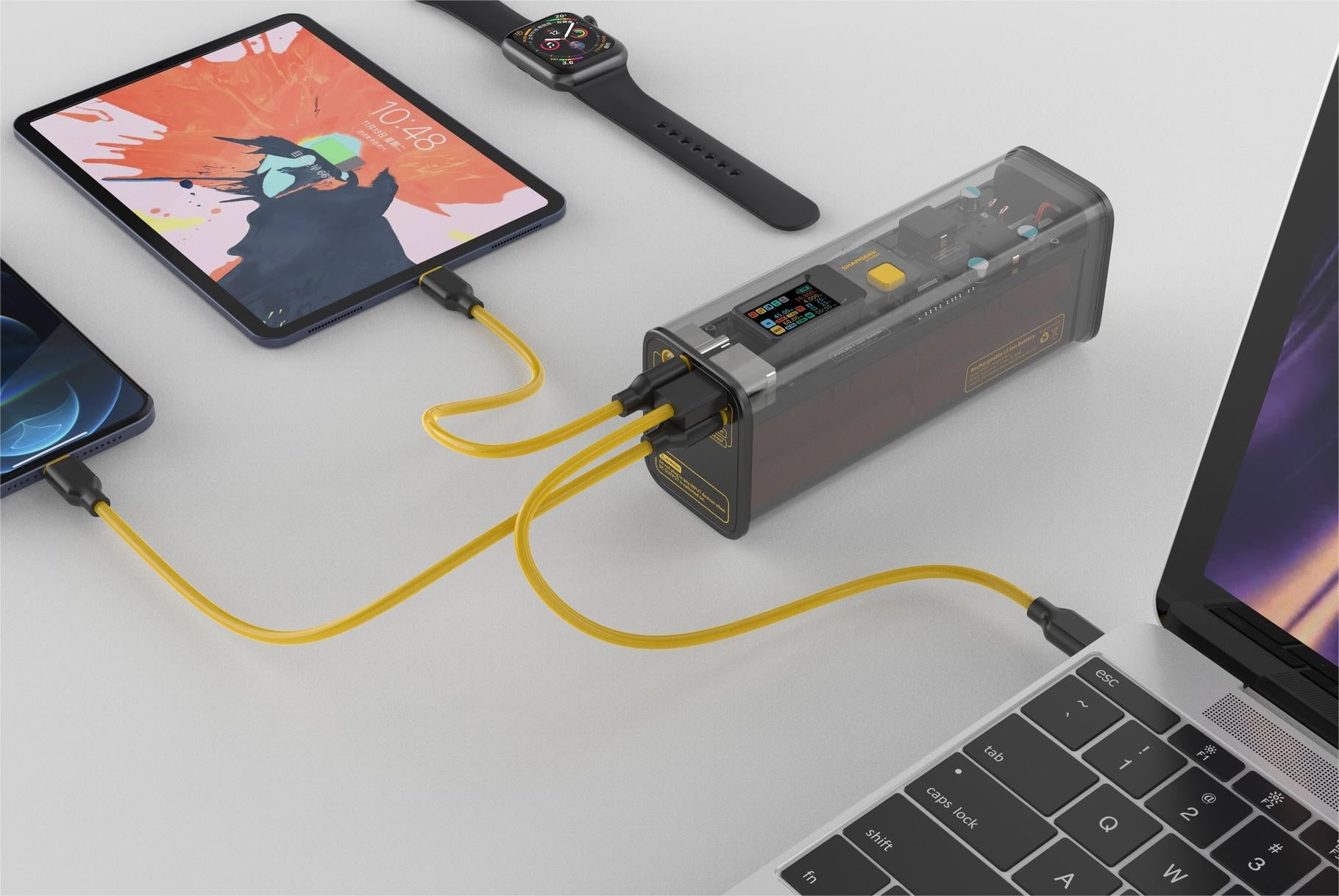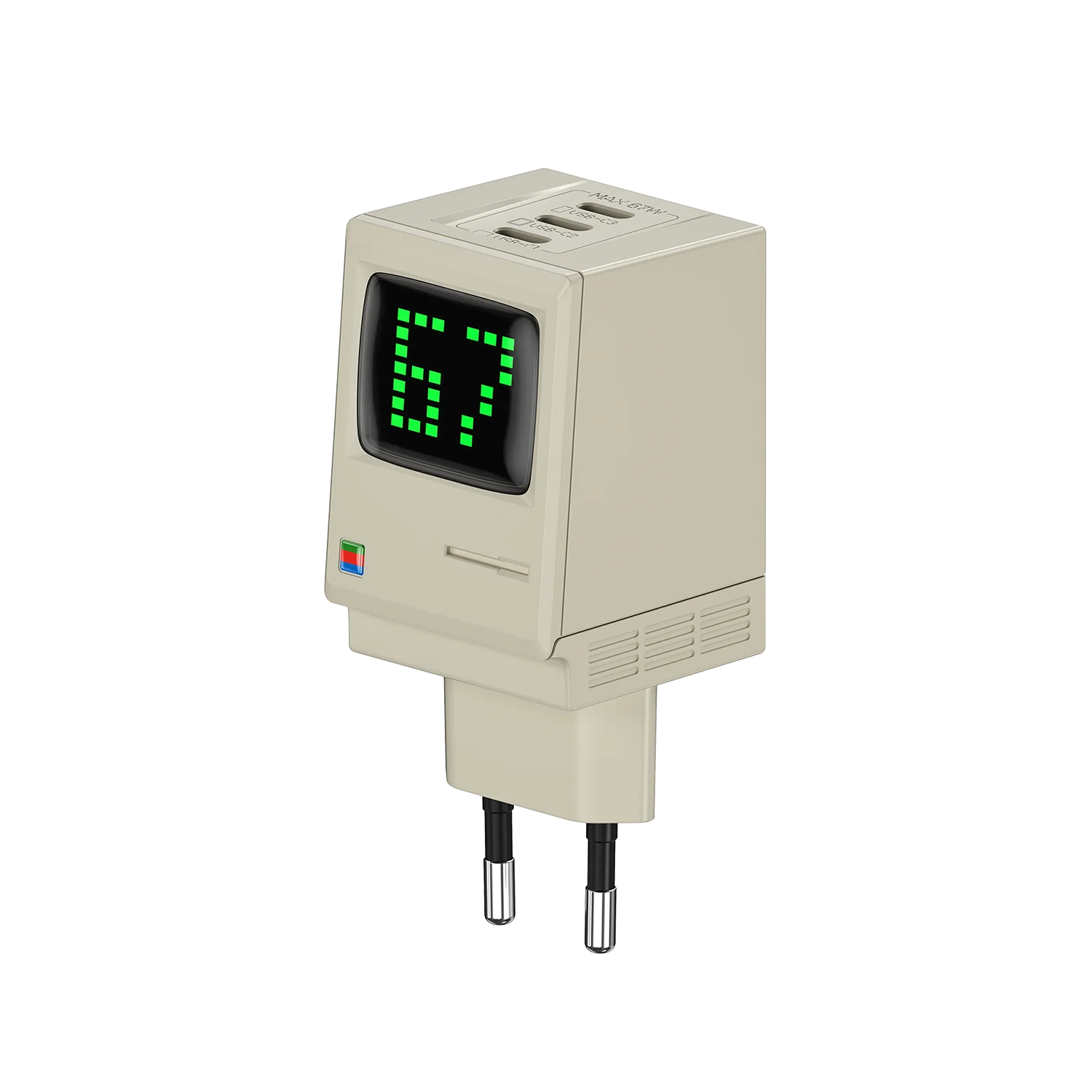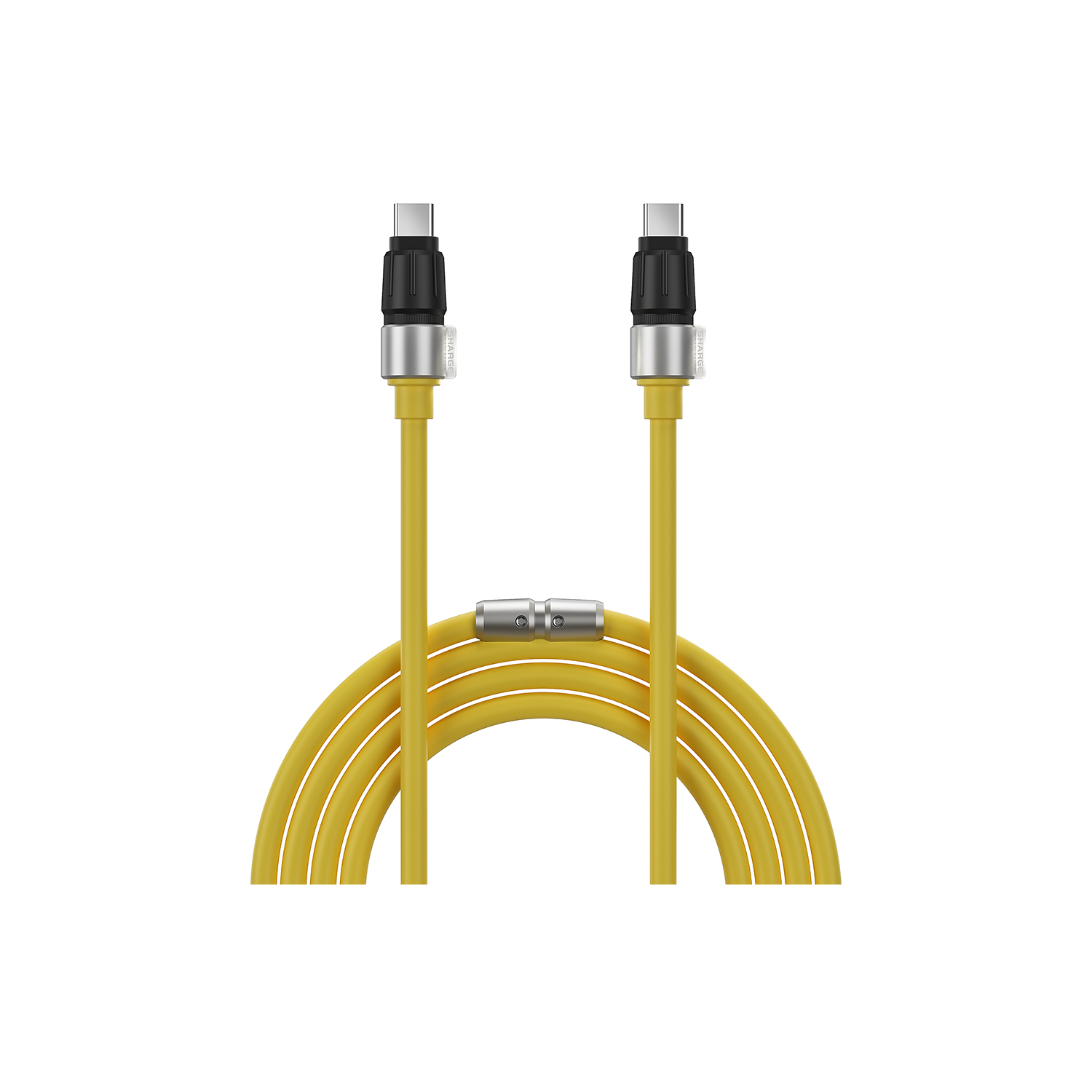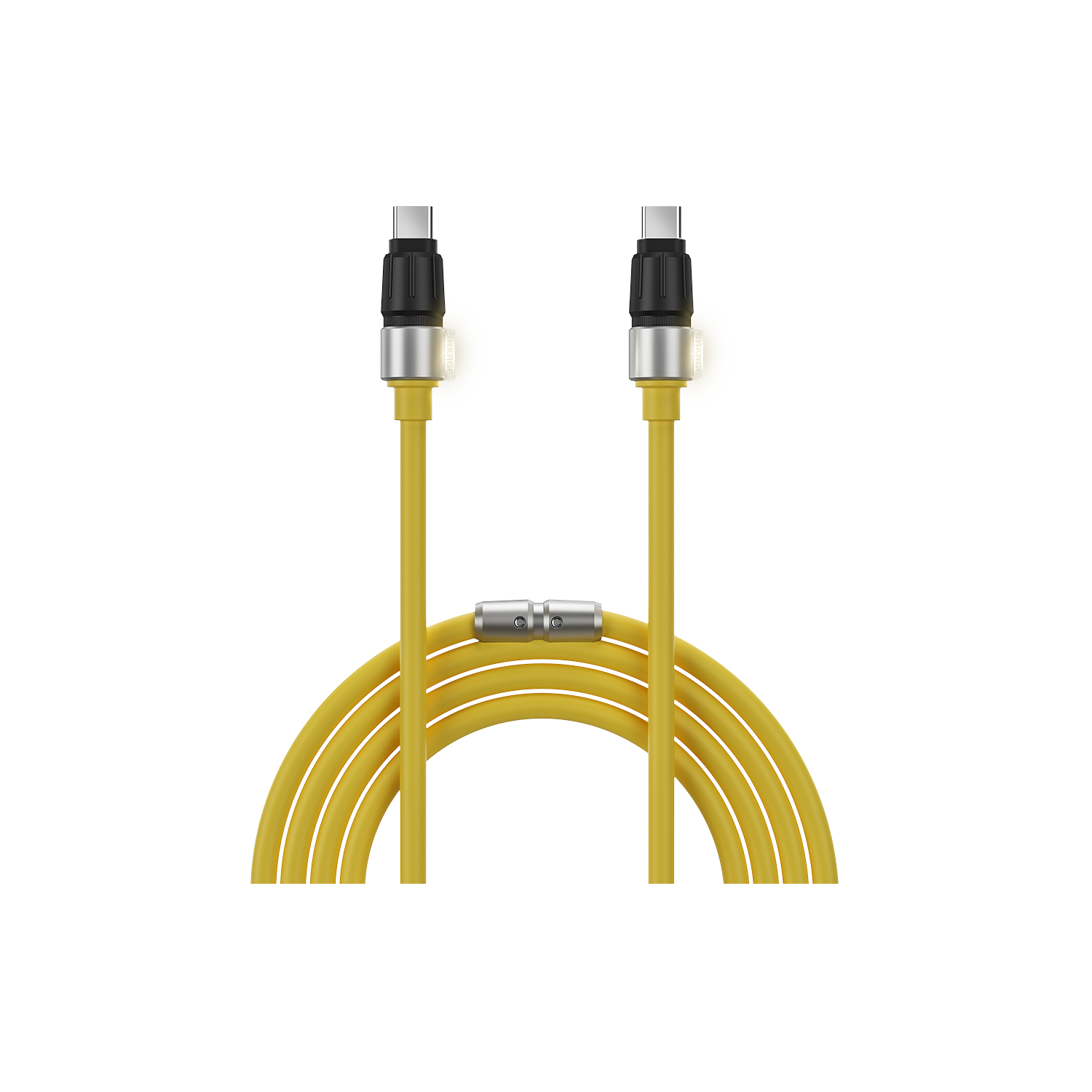In a world where technological advancements continue to redefine the way we live, work, and interact with the world around us, wireless charging emerges as a beacon of innovation and convenience. But what lies beneath the surface of this seemingly magical technology? Join us as we embark on a journey to unravel the mysteries of wireless charging and explore the fascinating science and technology behind its operation.
The Foundation of Wireless Charging: Electromagnetic Induction
At the heart of wireless charging lies the concept of electromagnetic induction—a phenomenon first discovered by the legendary physicist Michael Faraday in the 19th century. Simply put, electromagnetic induction allows for the transfer of energy between two objects through electromagnetic fields. In the context of wireless charging, this process enables power to be transferred wirelessly from a charging pad to a compatible device.
Understanding the Components: Transmitter and Receiver Coils
In a wireless charging system, there are two essential components: the transmitter (or charging pad) and the receiver (embedded within the device being charged). The transmitter, often referred to as the charging pad or base station, contains a coil of wire that generates an oscillating magnetic field when connected to a power source. The receiver, embedded within the device being charged, also contains a coil of wire that is capable of detecting the magnetic field generated by the transmitter. When the receiver detects the magnetic field, it induces an alternating current (AC) in its coil, which is then rectified to direct current (DC) to charge the device's battery.
The Role of Frequency and Resonance
One of the key factors that influence the efficiency of wireless charging is the frequency of the oscillating magnetic field generated by the transmitter. By carefully selecting the frequency of the magnetic field, engineers can optimize the efficiency of energy transfer between the transmitter and receiver coils. Additionally, technologies such as magnetic resonance have been developed to enhance the range and flexibility of wireless charging systems. Magnetic resonance allows for power to be transferred over longer distances and through obstacles, opening up new possibilities for wireless charging applications in various industries.
Qi Standard: Setting the Bar for Compatibility and Interoperability
Enter the world of Qi—the global standard for wireless charging. Developed by the Wireless Power Consortium (WPC), the Qi standard ensures compatibility and interoperability across a wide range of devices and charging accessories. Devices that comply with the Qi standard are equipped with a Qi-compatible receiver, allowing them to charge wirelessly on any Qi-certified charging pad or base station. With the Qi standard, users can enjoy a seamless charging experience, knowing that their devices are supported by a globally recognized standard.
Optimizing Efficiency: Alignment and Power Management
Proper alignment between the transmitter and receiver coils is crucial for efficient wireless charging. Misalignment between the coils can lead to reduced energy transfer and charging efficiency. To address this challenge, technologies such as beamforming and dynamic charging control have been developed to optimize alignment and maximize charging performance. These technologies adjust the orientation and power output of the transmitter coils in real-time to ensure optimal energy transfer, regardless of the position or orientation of the device being charged.
Safety and Reliability: Mitigating Risks and Ensuring Peace of Mind
In addition to convenience, wireless charging offers safety and reliability benefits as well. With features such as foreign object detection and over-voltage protection, wireless charging systems are designed to prevent damage to devices and ensure a safe charging environment. With the latest advancements in wireless charging technology, users can charge their devices with peace of mind, knowing that they're in good hands.
The Future of Wireless Charging: Exploring New Frontiers and Possibilities
As technology continues to evolve, the future of wireless charging looks brighter than ever. From faster charging speeds to longer range capabilities, researchers and engineers are constantly pushing the boundaries of what's possible with wireless charging technology. With innovations such as resonant wireless charging and dynamic charging networks on the horizon, the possibilities are truly endless.
Conclusion: Embracing the Power of Wireless Charging
In conclusion, wireless charging represents a paradigm shift in how we power our devices, offering unparalleled convenience, efficiency, and reliability. By harnessing the principles of electromagnetic induction and leveraging advanced technologies such as magnetic resonance and beamforming, wireless charging has the potential to transform the way we live, work, and interact with technology. With safety features such as foreign object detection and over-voltage protection, users can charge their devices with confidence, knowing that they're protected from potential risks and hazards. As we look towards the future, the possibilities of wireless charging are endless, promising a world where power is truly wireless, seamless, and limitless.












Commenta
Questo sito è protetto da hCaptcha e applica le Norme sulla privacy e i Termini di servizio di hCaptcha.